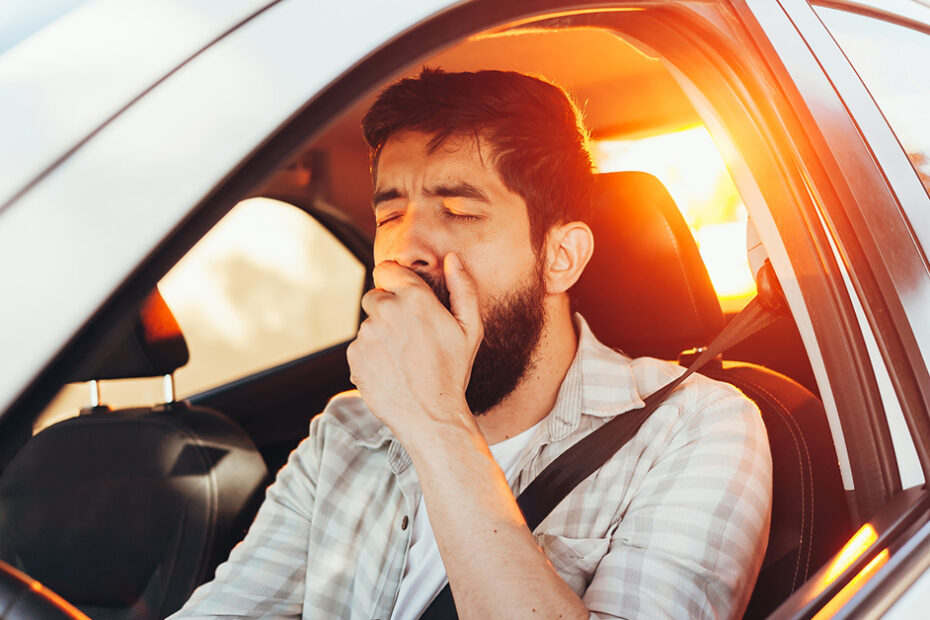Rain, sleet, snow, hail and freezing rain create treacherous driving conditions that challenge even the best drivers. That’s why you should prepare for the season before winter weather affects your area. By reminding yourself of winter weather driving techniques and preparing your vehicle for winter, you increase the likelihood that you’ll arrive safely this winter.
Prepare your vehicle. Make sure your vehicle is ready for the season. This includes good, all-weather tires with adequate tread. To test your tread, use the penny test. Take a penny and stick it, head first, into the tread grooves of your tire. If you see the top of Lincoln’s head, it’s time for new tires. In addition to tires, make sure you have enough antifreeze, and check the wear on your windshield wipers. Make sure you have adequate windshield wiper fluid especially made for cold weather. Drivers tend to use a lot of wiper fluid in the winter time.
Clean you car. Make sure to clear your vehicle entirely of snow and ice. Never leave show or ice on your roof, mirrors or windows. It’s your responsibility to make sure snow or ice doesn’t slide off your car and negatively impact the driving conditions around you.
Don’t panic. A patient, attentive driver can mean the difference between arriving safely and spinning out on the road. No matter what the weather conditions, safe drivers maintain a sense of calm control.
Slow down. As in any inclement weather, reducing your speed to half the posted level will help you stay in control of your vehicle.
Keep a safe distance. Avoid an accident by keeping safe distance between yourself and other vehicles. When driving in the snow, it’s a good idea to keep a distance of four car lengths for every 10 MPH. If you’re driving 20 MPH, that’s 8 car lengths.
Use brakes with ease. Whenever possible, downshift to show down, and tap gently on your brakes when need be. Instead of pumping your brakes, use your emergency brake when you need to stop quickly.
Drive in high gears. Drive in as high a gear as possible in order to give yourself room to downshift when needed.
Give yourself extra time. Chances are, getting anywhere is going to take 2-3 times as long, so make sure you get yourself adequate time to get there.
If you can, stay home. The very best way to safe during winter weather conditions is to stay put. If you absolutely don’t have to go out, stay where you are and enjoy the beauty of the winter weather.
This content is offered for educational purposes only and does not represent contractual agreements. The definitions, terms and coverages in a given policy may be different than those suggested here and such policy will be governed by the language contained therein. No warranty or appropriateness for a specific purpose is expressed or implied.
The above information is derived from sources we believe to be accurate and reliable. It may however be incomplete. For complete information regarding these topics consult your owner’s manual or repair professional.
